Class, Object and Module Hierarchy
In this chapter, you will learn about the hierarchy of Ruby built-in classes, Class, Object and Module.
Object is an Instance of Class
In the previous chapter we experimented with user defined classes. We learned that user defined classes implicitly extend from Object.
What is the Ruby's built-in Object's class? In other words, Object is an object, so it must be an instance of some class, what is that class? We can ask Ruby:
p Object.class
This prints:
Class
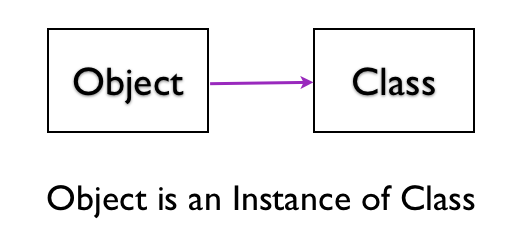
Class is an Instance of Class
The Ruby's built-in Class itself is an object. We can find out the class used to make instances of Class.
p Class.class
This prints:
Class
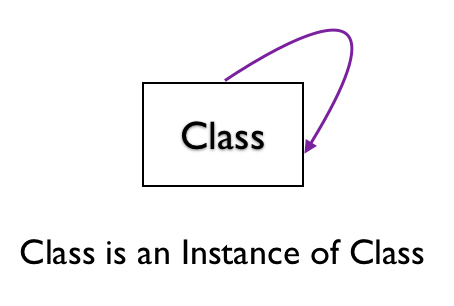
This seems to be like the chicken and egg problem. How is Class created from Class? But Ruby is consistent. Whenever you use the language construct class to create a Class, Ruby uses Class to create instances.
The class can be either user defined or the existing Ruby's built-in classes.
name = 'Bugs Bunny'
p name.class
This prints:
String
String is the Ruby's built-in class. The above code is the same as doing this:
name = String.new('Bugs Bunny')
p name.class
BasicObject is Parent of Object
In the previous chapter, we saw that Object was the super-class of any user defined class. What is the super-class of Object?
p Object.superclass
This prints:
BasicObject

BasicObject is the Root
What is the super-class of BasicObject?
p BasicObject.superclass
This prints:
nil
This means BasicObject is the root of the hierarchy. It does not have a parent.
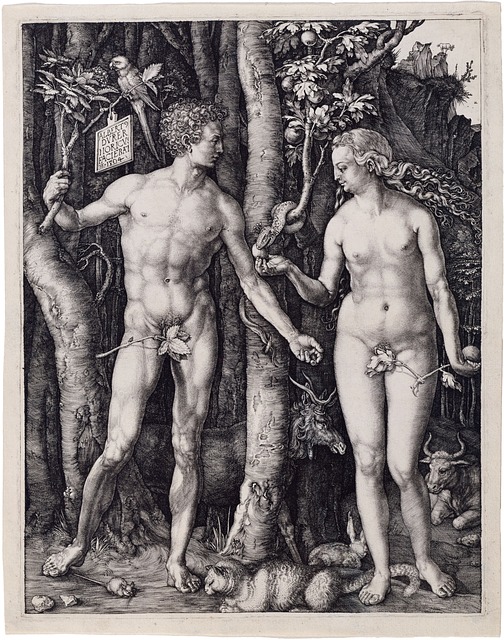
BasicObject is an Instance of Class
The BasicObject is an instance of Class. You can verify it like this:
p BasicObject.class
This prints:
Class
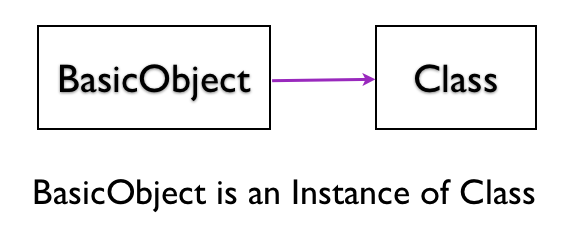
Module is the Parent of Class
What is the super-class of Class?
p Class.superclass
This prints:
Module

Here is the visual summary of what we have learned so far.
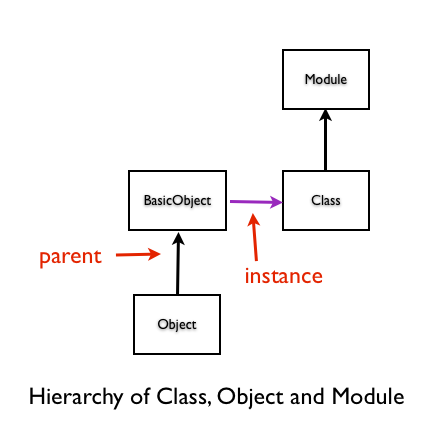
Module is an Instance of Class
The class Module is an object. What class is it an instance of?
p Module.class
This prints:
Class
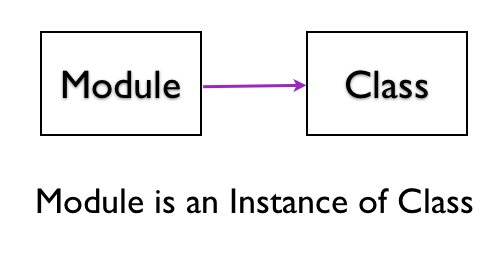
Why is Module a Class?
How can module be a class? Let's say we have a Vehicle module:
module Vehicle
def wheels
1000
end
end
p Vehicle.class
This prints:
Module
The Module is a class because Ruby defines Module like this:
class Module
end
Can we create an instance of Module class? Yes, we will see that next.
How to Create a Module Instance?
Instead of doing this:
module Vehicle
def wheels
100
end
end
class Car
include Vehicle
end
c = Car.new
p c.wheels
We can do the same thing we did above like this:
Vehicle = Module.new do
def wheels
100
end
end
class Car
include Vehicle
end
c = Car.new
p c.wheels
Fabio Asks
Why would you want to create a module the second way?
The short answer is blocks are closures. We have access to the variables before the do-end block.
Methods in Module, Class and Object
Let's now compare the methods in Module, Class and Object. Here are the methods in Module.
p Module.public_methods(false).sort
This prints:
[:allocate, :constants, :nesting, :new, :superclass]
Here are the methods in Class.
p Class.public_methods(false).sort
This prints:
[:allocate, :constants, :nesting, :new, :superclass]
Here are the methods in Object.
p Object.public_methods(false).sort
This prints:
[:allocate, :new, :superclass]
You can see we can create instances of Module, Class and Object. Because they have the method new(). You can also notice that class and module have the same set of public methods.
Dynamic Creation of Car Class
We already know that user defined classes are instances of Class. Instead of doing this:
class Car
def drive
p 'driving...'
end
end
c = Car.new
c.drive
We can do this:
Car = Class.new do
def drive
p 'driving...'
end
end
c = Car.new
c.drive
Both versions of the Car examples print:
driving...
Rhonda Asks
Why would you want to create a class the second way?
The short answer is blocks are closures. We have access to the variables before the do-end block.
Summary
In this chapter you learned the Ruby's built-in inheritance hierarchy. This consists of Class, Object, Module and BasicObject. You also saw how we can create modules and classes by creating them on the fly and adding methods to it.